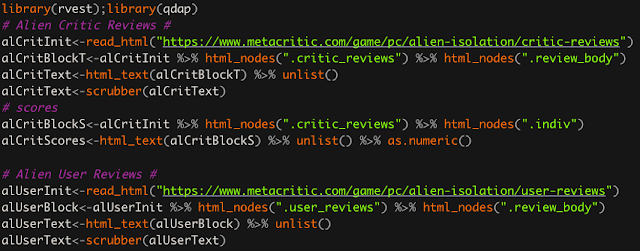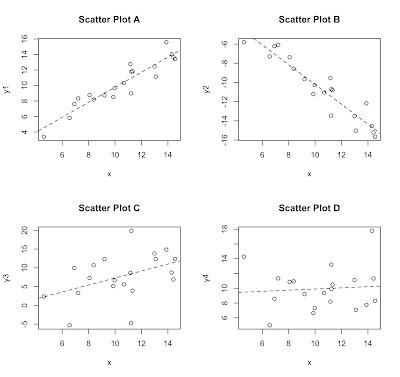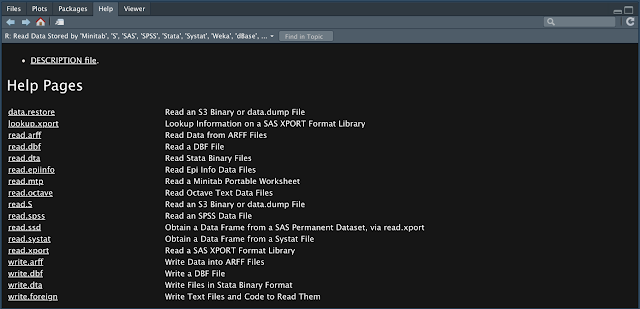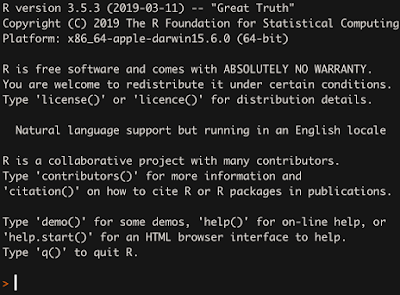Integrating Data Management and Data Analytics with R and postgreSQL.

Those wanting to be successful in data analytics increasingly have to become well versed in managing their data. That means it is no longer sufficient to just learn R or an analytic platform. You also need to be competent with SQL or some similar database platform. As I am a huge advocate of open source applications, I will be using postgreSQL although that certainly isn't the only SQL platform that R can work with. I've got R to work with MySQL, Oracle SQL, postgreSQL, and Microsoft Server SQL. I already have a post on how to connect R to these platforms, though I don't get into Microsoft SQL Server because it is a painful (not worth it) process to do this if you are running OSX. ( https://www.lazybayesian.com/2019/05/connecting-r-to-sql-database-postgresql.html) Y ou would end up using RODBC package or something similar to get it done but you end up needing to use homebrew to install other tools on your machine to even to get that to work, and it just keeps going. If y...





